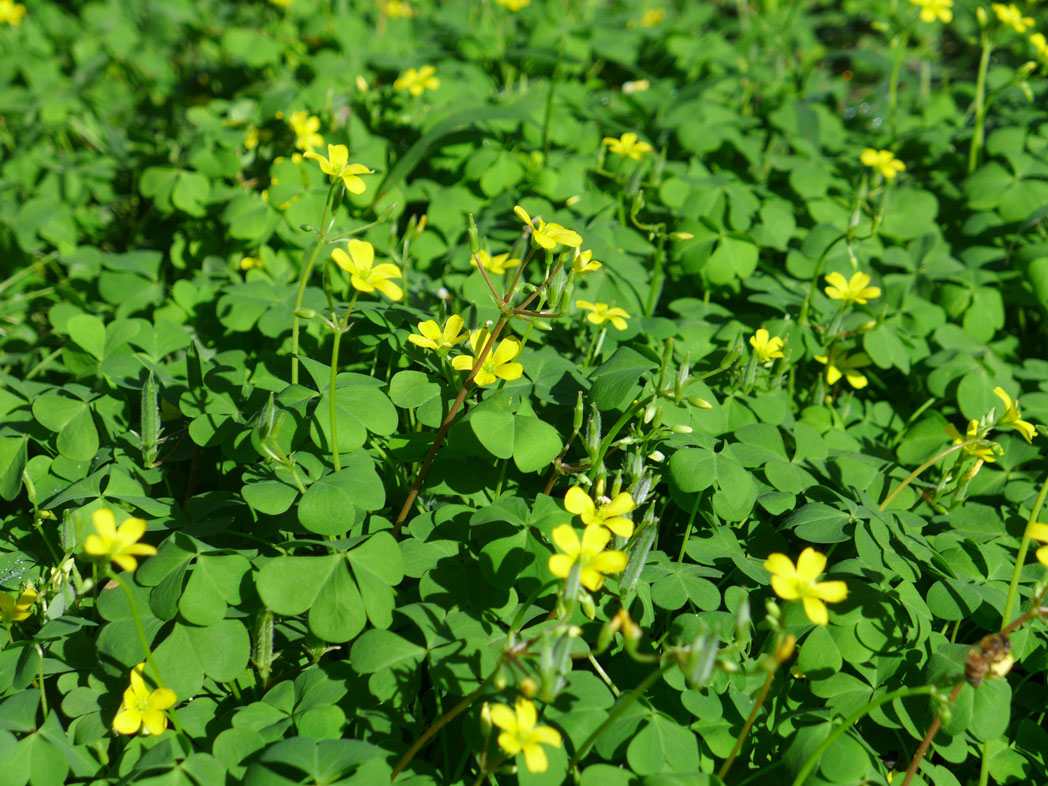Spring “weeds” benefit pollinators
Pictured above: Creeping woodsorrel (Oxalis corniculata) by Scott Zona (CC BY-NC 2.0). Article by Jeff Norcini.
Many of our spring blooming wildflowers put on a showy display. Others, not so much. Some are considered weeds — even showy ones — when they occur in turf. However, all of them benefit pollinators, either as larval host plants or by supplying nectar. The spring blooming native wildflowers listed below commonly occur in turf in residential areas and on roadsides.
If you have these natives growing in your yard, consider delaying mowing until after they have bloomed, which is in accordance with No Mow May, a national initiative that supports bees, butterflies and other insect pollinators. Here in Florida, I suggest not mowing earlier in the spring, but waiting until mid- to late May when most of these species have stopped flowering.
Noted with each species is where it occurs in Florida, as well as its benefit to pollinators. Clicking on the wildflower name will lead to the Florida Plant Atlas page for that species, which includes photos that aid identification.
- Hairyfruit chervil (Chaerophyllum tainturieri):
North and Central Florida; nectar - Bedstraw, Stickywilly (Galium aparine):
North and Central Florida; nectar - Cranesbill, Wild geranium (Geranium carolinianum):
statewide; nectar
(see also Carolina cranesbill profile) - Innocence, Roundleaf bluet (Houstonia procumbens):
statewide; nectar
(see also Innocence profile) - Virginia dwarf dandelion (Krigia virginica):
North and Central Florida; nectar
(see also Virginia dwarf dandelion profile) - Virginia pepperweed (Lepidium virginicum):
statewide; nectar; larval host for the Great Southern white butterfly and Checkered white butterfly
(see also Virginia pepperweed profile) - Canadian toadflax, Blue toadflax (Linaria canadensis):
statewide; nectar; larval host for the Common buckeye butterfly
(see also Blue toadflax profile) - False garlic (Nothoscordum bivalve):
North and Central Florida; nectar
(see also False garlic profile) - Common woodsorrel, Creeping woodsorrel (Oxalis corniculata):
statewide; nectar
(see also Creeping woodsorrel profile) - Carolina false dandelion (Pyrrhopappus carolinianus):
statewide except extreme South Florida; nectar - Florida betony (Stachys floridana):
statewide; nectar
(see also Florida betony profile) - Clasping Venus’ looking glass(Triodanis perfoliata):
North and Central Florida; nectar
(see Venus’ looking glass profile) - Beaked cornsalad (Valerianella radiata):
North and Central Florida; nectar
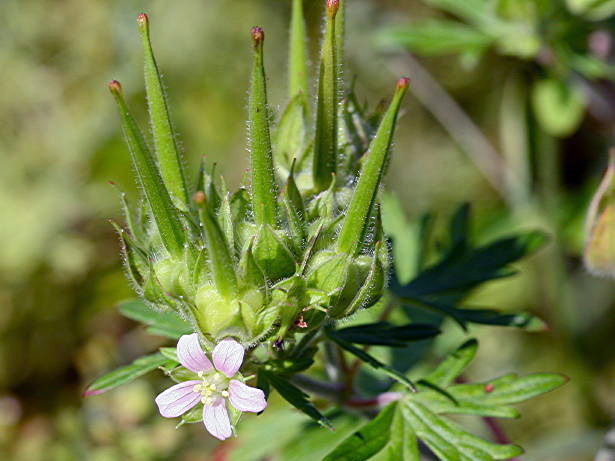
by Malcolm Manners (CC BY 2.0)
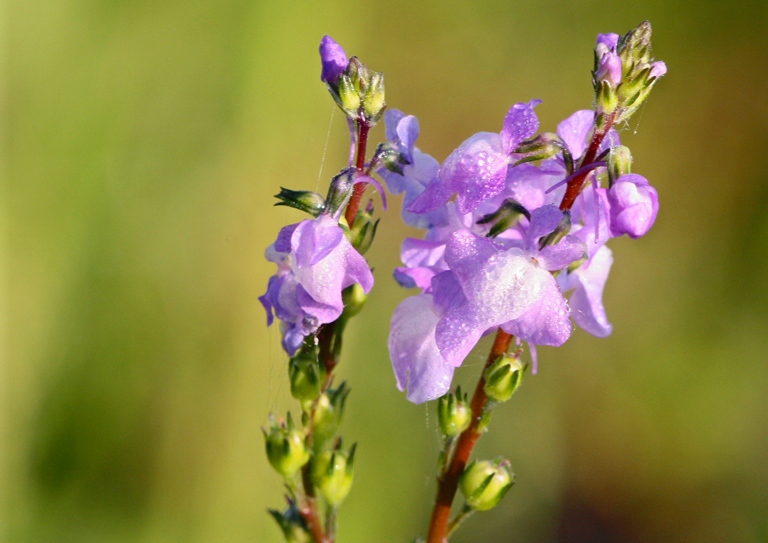
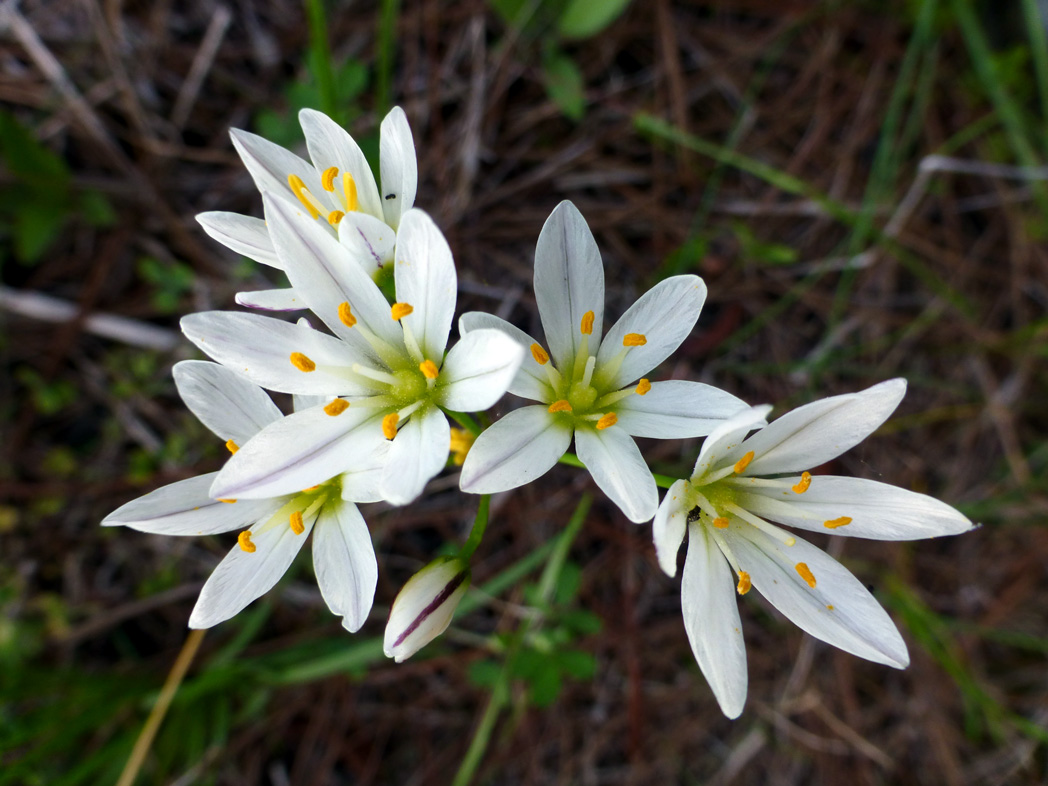
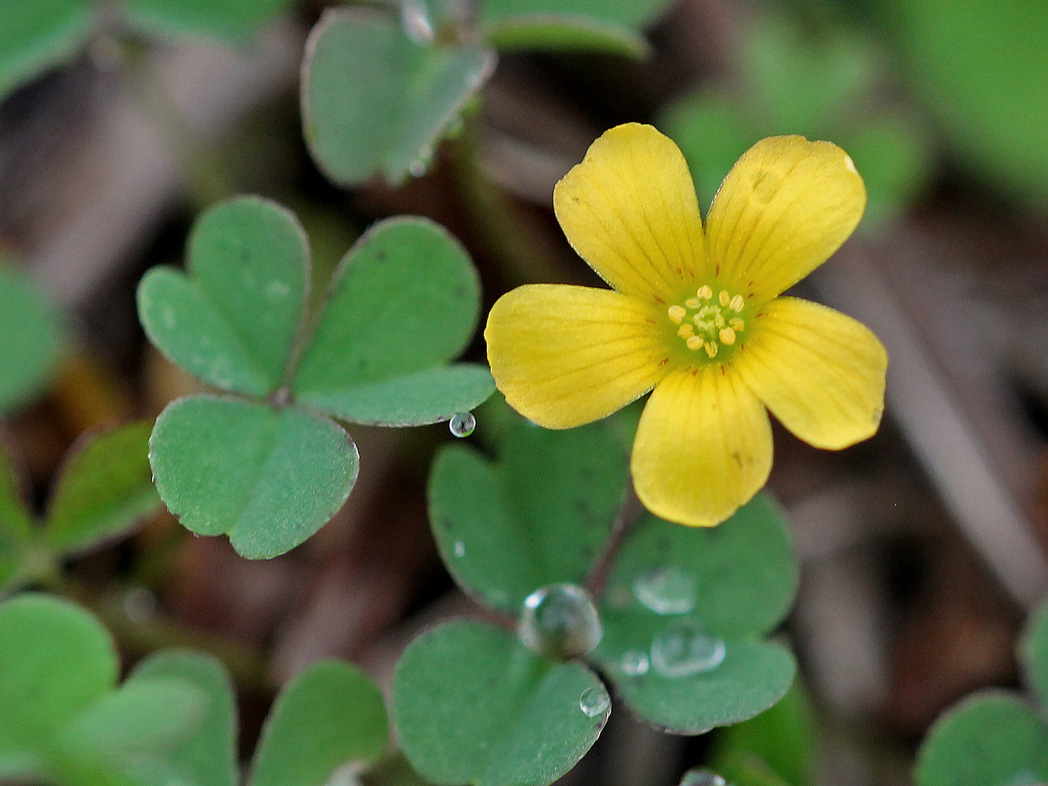
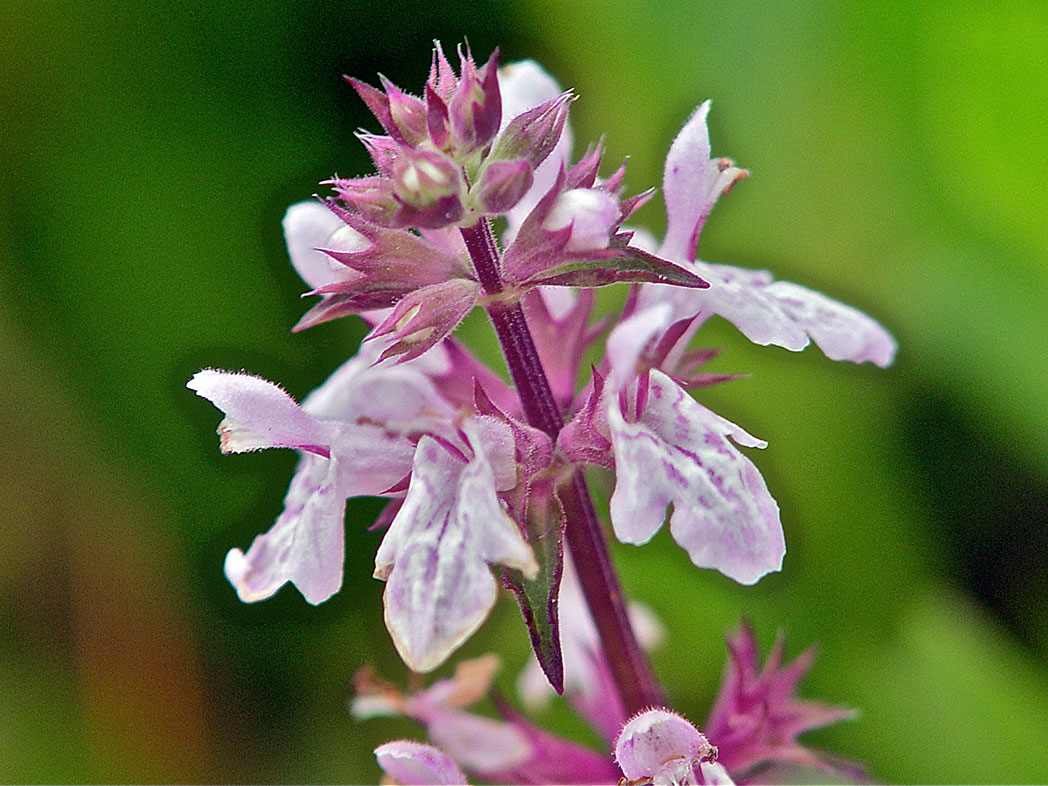
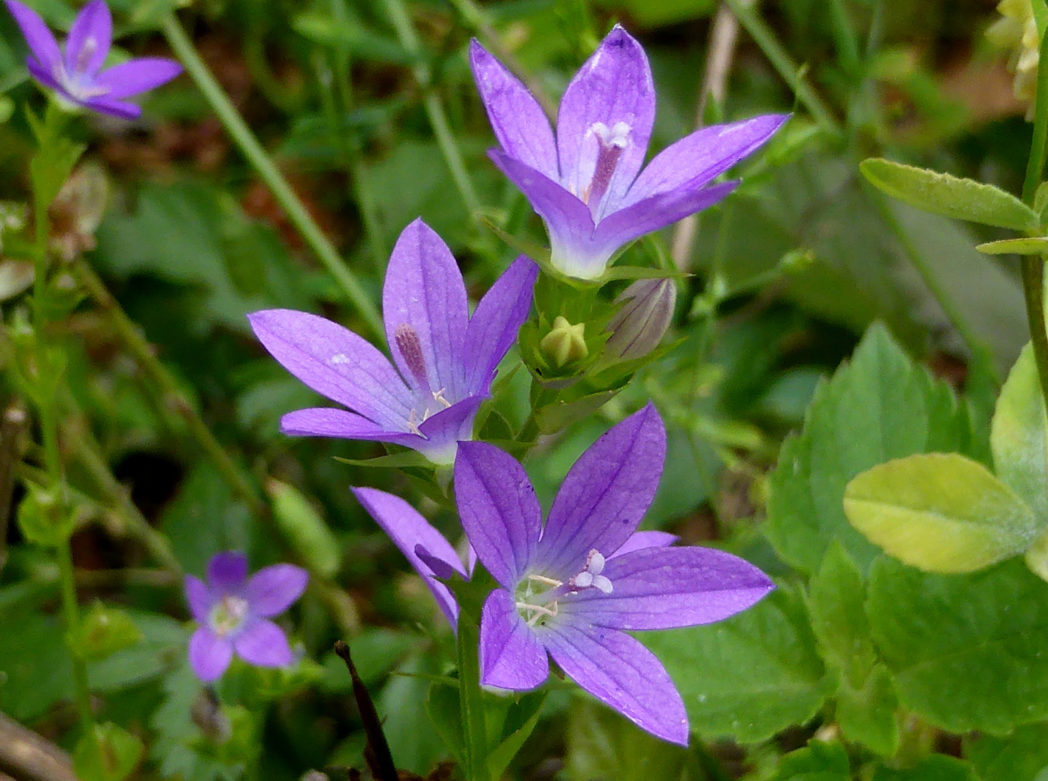
Along roadsides from the Panhandle to Central Florida, there are spectacular displays of Drummond phlox (Phlox drummondii), with mainly red, pink and purple flowers. And from Ocala north, large stands of the yellow Goldenmane tickseed (Coreopsis basalis) are starting to bloom and should continue well into May. Drummond phlox is not native to Florida but has naturalized along many roadsides and adjacent fields. Whether Goldenmane tickseed is native to Florida is less clear, although it’s currently classified as non-native. For more on this species, see “Goldenmane tickseed — native to Florida or Texas native naturalized in Florida?”
TAKE ACTION
Contact your county maintenance yard supervisor to ask that roadside native grasses and wildflowers in specific locations be spared. On state and U.S. highways, contact your Florida Department of Transportation District Wildflower Coordinator.
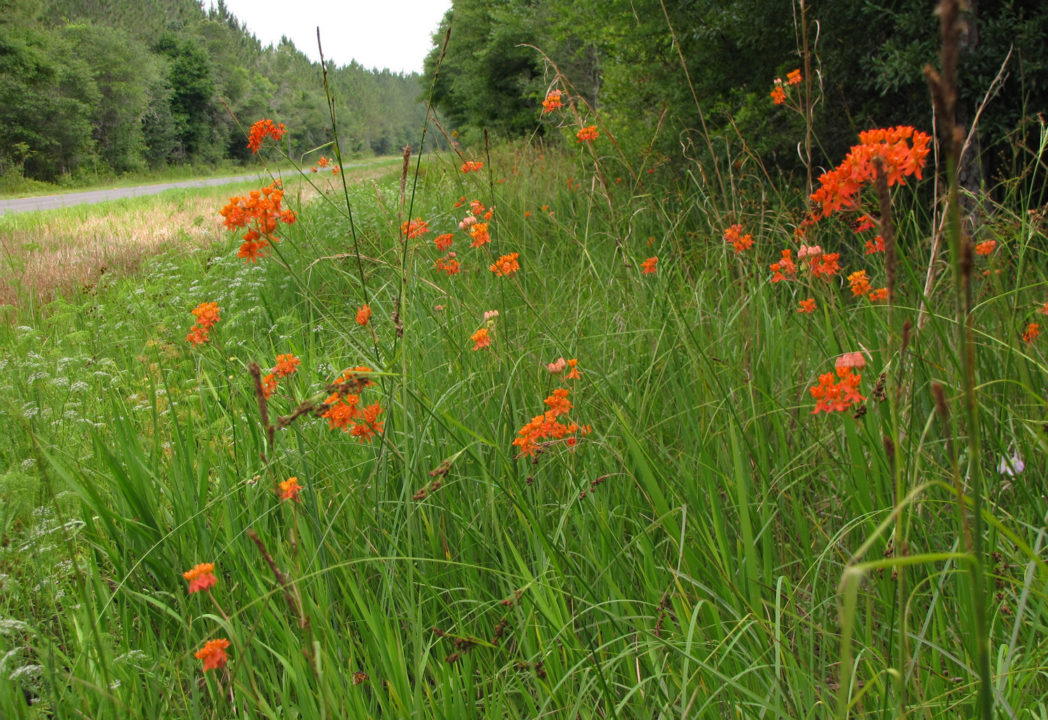
Submit your photos!
It’s easy to submit photos of the native wildflowers you see for posting on the Foundation’s What’s in Bloom map. Just email them to Photos@Flawildflowers.org. You can also post photos to the Florida Native Wildflowers Facebook group and Florida Wildflowers Flickr group. For all submissions, please include the plant’s scientific name (common name is OK) and its location. If you are uncertain about a wildflower’s nativity to Florida, consult the Atlas of Florida Plants before posting. If submitting a photo to the Foundation’s Facebook group and you can’t identify it using the Atlas of Florida Plants, inquire about nativity when posting. There are many other good botany resources noted in the Facebook group’s rules.

